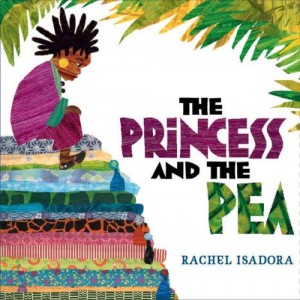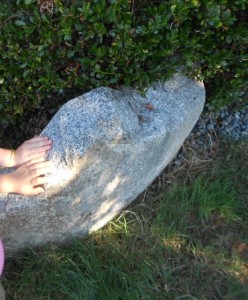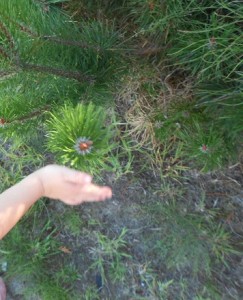Art Play and Fun with Texture
Yes, teaching art to your child is quite possible and you do not have to be an artist or have studied art in college, plus you can do it easily at home. For teaching art to your child and playing with texture you don’t need fancy materials or an expensive program although the amount of glue that kids go through can add up, along with scotch tape. You can find what you need in the kitchen, the scrap box, or the recycling.
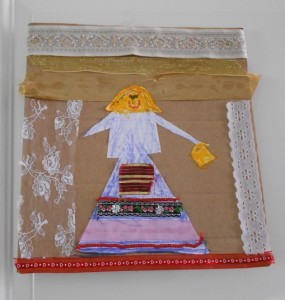 Children like to explore and discover. We can often encourage this simply by setting materials out on a table or counter top and letting kids play with them. We may make comments about how something feels using words to describe the texture such as rough, slippery, fuzzy, smooth, bumpy, soft, hard, sticky, squishy, and so on. Asking questions like “I wonder how this would look on a paper?” or “Does this look like a _____ ?” can spark children’s imaginations and they will start to create.
Children like to explore and discover. We can often encourage this simply by setting materials out on a table or counter top and letting kids play with them. We may make comments about how something feels using words to describe the texture such as rough, slippery, fuzzy, smooth, bumpy, soft, hard, sticky, squishy, and so on. Asking questions like “I wonder how this would look on a paper?” or “Does this look like a _____ ?” can spark children’s imaginations and they will start to create.
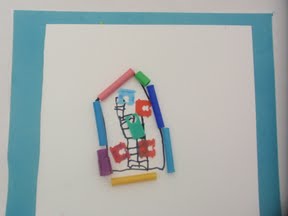 The picture of the girl in a skirt was done by a four-year old who needed help cutting the fabric pieces because kid-scissors weren’t strong enough. She gave me specific instructions about where to cut but the choosing of fabric scraps, arranging and gluing was all done by her.
The picture of the girl in a skirt was done by a four-year old who needed help cutting the fabric pieces because kid-scissors weren’t strong enough. She gave me specific instructions about where to cut but the choosing of fabric scraps, arranging and gluing was all done by her.
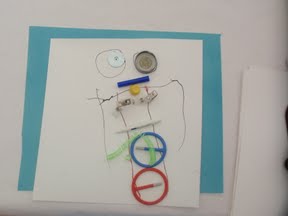 The next two were made by twins, a boy and a girl also 4-years old. Bread tags and pieces of colored straws were arranged on top of a drawing of a house to make it 3-d. A bottle cap, straws, and plastic circles show a person at the playground. Kids will use anything so throwing stuff out almost has to be done in secret.
The next two were made by twins, a boy and a girl also 4-years old. Bread tags and pieces of colored straws were arranged on top of a drawing of a house to make it 3-d. A bottle cap, straws, and plastic circles show a person at the playground. Kids will use anything so throwing stuff out almost has to be done in secret.
 A super crafty mom, Dot who has the amazing site BustedButton.com shared this card made by her daughter for her birthday. I think Dot has either a magic formula or secret spell to make buttons stick. She does have an amazing collection of buttons. While you may not have an art gene, we all have a play one.
A super crafty mom, Dot who has the amazing site BustedButton.com shared this card made by her daughter for her birthday. I think Dot has either a magic formula or secret spell to make buttons stick. She does have an amazing collection of buttons. While you may not have an art gene, we all have a play one.
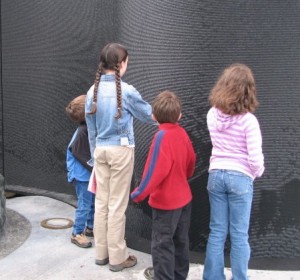 Although we might think we are teaching art to kids, it’s probably more accurate to say children teach themselves when we provide them with time, space, and materials. We can give kids opportunities, like the ones in this photo, to experience textures for themselves and to stimulate their sense of touch. Can you think of some ways for your child to explore and create with texture?
Although we might think we are teaching art to kids, it’s probably more accurate to say children teach themselves when we provide them with time, space, and materials. We can give kids opportunities, like the ones in this photo, to experience textures for themselves and to stimulate their sense of touch. Can you think of some ways for your child to explore and create with texture?

